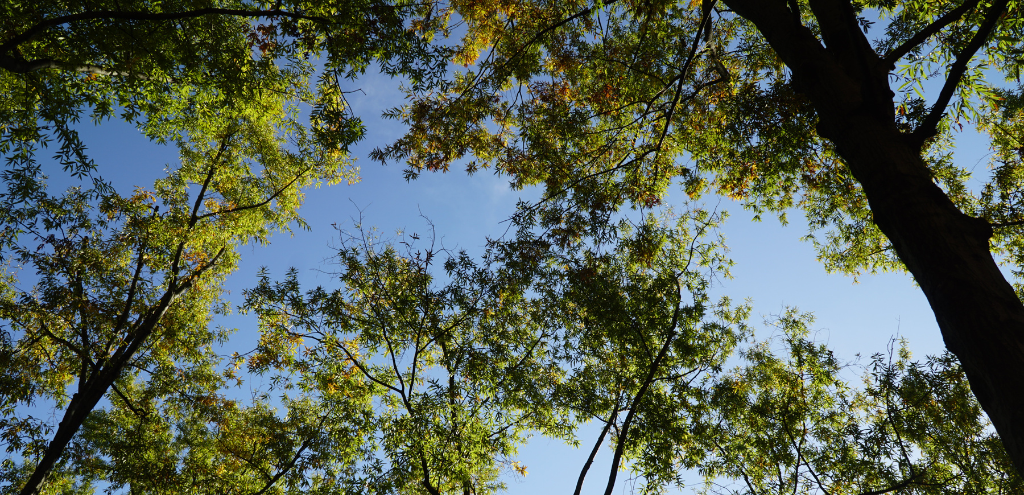THE LEAFLET

Update: Rock Creek Golf Course – Save Trees in Rock Creek Park
Last week, we published this story about the National Park Service’s (NPS) plan to rehabilitate the Rock Creek Golf Course. Since then, we’ve seen a tremendous response from the public in support of our city’s trees, and this story has been covered by several local news outlets, including DCist/WAMU 88.5 and ABC7 News.
Thanks to our advocates, partners, and DC Congresswoman Eleanor Holmes Norton, we were able to get the comment deadline extended until November 4th! This gives us critical time to review the plans for the rehabilitation and work with our partners to figure out just how this project will impact Rock Creek Park’s environment and ecosystem.
There is still time to submit your comments on NPS’s plan to remove over 1200 trees from Rock Creek Park. Guidance on how to provide comments and a recommended template are provided further down in this article.
What’s Next:
Casey Trees is still planning to submit comments to NPS about this project. There are several things in the plan that we have issues with.
Many in the community have noted that there are trees in the golf course that are invasive or are already dead or dying and should be removed. We would like forests in DC to be as healthy as possible, and we support removing invasive species so native species can grow in their place. Dying native trees still provide very valuable habitat within forests and should be kept where possible and not a safety hazard. Additionally, invasive trees account for only 189 (15%) of the total 1,262 trees being removed, and only 366 (29%) are categorized as dead or dying native trees. That means that 707 healthy, native trees are going to be removed. Roughly 100 of these trees are 100 years old. This is unacceptable.
Rock Creek Golf Course is unique because of its forest patches. Most golf courses worldwide are clear-cut, offering very little in terms of habitat, stormwater protection, and heat mitigation benefits to their surroundings. We appreciate that NPS plans to add up to 12 acres of pollinator meadows and replant up to 200 trees, but even if that happens, 500 mature trees will still be lost. These trees bring benefits to Rock Creek Park and the greater community that meadows cannot replace. Multiple endangered animal species – including the Hay’s Spring Amphipod, which is only found in Rock Creek – rely on these forests for habitat and water quality benefits. There is also no clear plan on how the pollinator meadows will be distributed throughout the golf course. Until NPS shares more detailed plans to protect these species and mitigate the forest loss, we will be asking NPS to re-evaluate these issues and to delay approval.
What You Can Do to Help:
The comment period for this project now closes on Saturday, November 4th, at midnight. You can submit a comment on this page telling the National Park Service to reconsider and re-evaluate the extensive loss of tree cover. If you need pointers on what to say in your comment, feel free to use this template below:
“The forest cover in Rock Creek Golf Course provides significant ecosystem services and habitat benefits to visitors and wildlife. Removing over 1,200 trees, including over 700 healthy native trees, will surely harm the ability of this area to support these vital functions and the species that call it home, to the detriment of all of us that call DC home. I am asking the National Park Service to reconsider the proposed plan and re-evaluate the metrics used to determine how many trees must be removed. The plan should prioritize saving trees that form the cores of forest patches that are designated for removal. Losing this many trees at a time when the District’s canopy is already shrinking would be a terrible loss.”